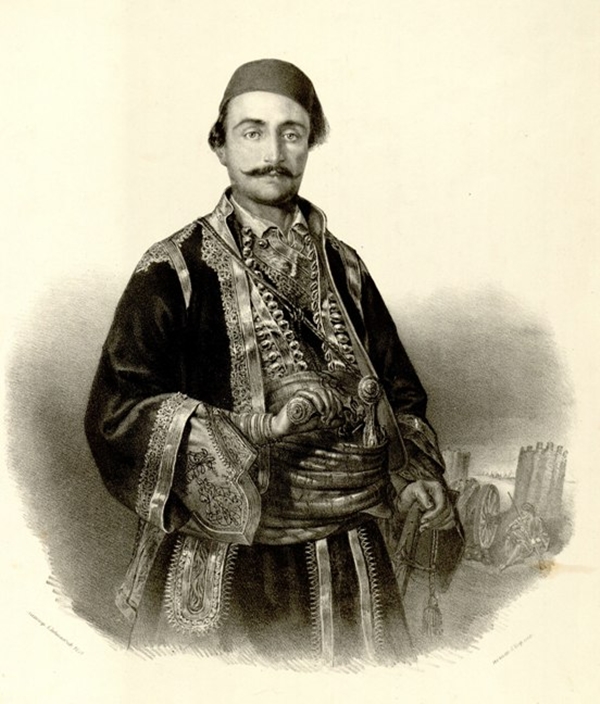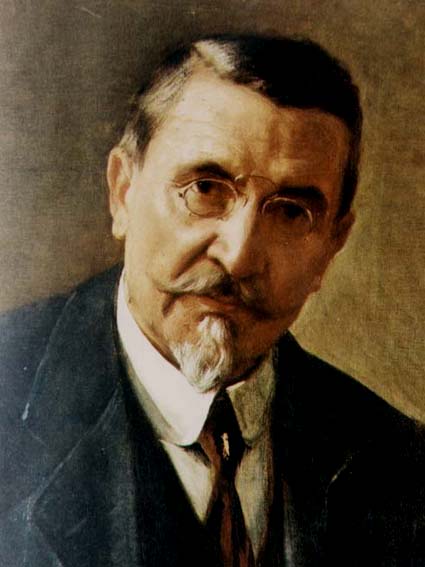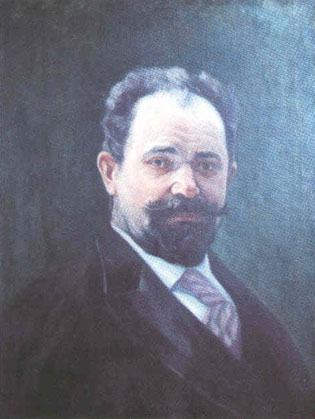|
Hajduk (brigand) Veljko Petrovic(1780-1813)
|
Veljko was borned in Lenovac, a village nearly Zajecar. Already in 1803, he becomed brigand, together with Stanoje Glavas. Veljko was later married with Stanoje’s relative, and had two children. At the beginning of the First Serbian Revolt, Veljko was together with Stanoje Glavas, Djusa and Vujica Vulicevic. With permission of the Sovjets, in 1807, he raises revolt in his native town, Crna Reka. Veljko’s courage and heroism, made him one of the greatest Serbian heroes, and already during his life he becomed the legend. Karadjordje named him for a duke of Krajina, where he was killed while he was diffending Krajina from Turks.
Veljko Petrovic, duke of the Krajina, was defending east border of the Serbia, and assuring the peace in the Krajina. He fortificated the town.
After the peace agreement was established in Bukurest (1812), the Russia finished the war against Turkey, and international status of Serbia become more complicated. The war between Turkey and Serbia became reality, because Serbs refused to accept the Turks ultimatum. Turks wanted that status of Serbia be the same as it was before the revolt, and Serbs refused that.
After the first conflicts with Turks at the beginning of 1813, Veljko with cavalry get to the Vidin and confiscate a lot of livestock. However, Turks were already prepeared attack on Krajina. In July in 1813, came to the first big , and Hajduk Veljko beat one part of Turks military. After three days the big Turkey military was crossed the river Timok and went to the Negotin.
Veljko was definding fortifited Negotin with 3000 soldiers, against 16000 Turks soldiers for days. Every day Veljko was fighting with Turks, and he showed great currage and bravery, but outnumbering Turkish army manages to sustain and carefully close to the fortificated Negotin. Siege for days totally exhausted Veljko’s army, ammunition was in the end, and help was not arriving. During this time Turks were continually with canons beating the fortifications of Negotin.
The nineteenth day of defence, 18th July in 1813, Hajduk Veljko was killed on Abrasev retrenchment, while he was encourage his soldiers to endure. One cannonball completes the life of Veljko. In vain, his nearest soldiers were hiding his death. The army very fast feeled that Hajduk Veljko was killed. And over the night, his army fled to the Porec. His life motto remain: Giving head, but not Krajina.
|
|
 |
|
Stevan Mokranjac (1856-1914)
The most important and the most famous Serbian composer ever. He was borned in Negotin in east Serbia, and longest part of his life, he lived in Belgrade. He died as the refugie in Skoplje, when the First World War began. Young Mokranjac was during regular educating in Negotin, Zajecar and Belgrade, could only to recive little part of music education. However, he had the opportunity to listen traditional singing and Church singing, then still very alive in the oral tradition.
Gimnasium education didn’t help him a lot to get music education. With a support and assistance of First Belgrade Singers Society and the state scholarship, he began music studies in Munich (1879), and continued and finished them in Leipzig and Rome. Upon his return to Belgrade (1887), now as educated musician, he becomed conductor of the Church choir Kornelije Stankovic and of the First Belgrade Singers Society.
For the First Belgrade Singers Society, which was under his menagment wrote the golden pages of Society history, he will be related all his life, as conductor and composer.
As a composer Mokranjac was consistently cultivating national and traditional music stile. This music stile was created in Serbia at the half of XIX century, and Kornelije Stankovic started it. With equal entusiasam he worked in the field of folk and in the field of church music. He realistically comprehends the situation in Belgrade and in Serbia, and opted for the choral “a cappella” creativity.
To Church singing he was dedicated for all of his life. As child, he was listening and learning this music in the Negotin’s Church. He was recording this music for more than a decade, and result of this ware three comprehensive books with notning results. Based on the traditional melodic, he was writing a spiritual choral music to the end of the life. He wrote: fifteen Rukovets, liturgy of St. Jovan Zlatousti.
|
 |
|
Life and works of Đorđe Stanojević
Djordje Stanojevic was born in Negotin, 7th April in 1858, where he finished primary school and lower high school, and after this he finished higher grades of Gimnasium and the Great school in Belgrade. In high school, he studied the Natural-Mathematics Department, where he showed talent to the natural scinces. After the end of studies in 1881, the prominent professor Kosta Alkovic put him for a assistant on the Department of Physics. In 1883, Miniistry of Education placed him for the professor of physics in First Belgrade Gymnasium.
Because of the results he achieved, Paris Observatory gave him invitation to participate in scientific research expedition to study the Sun in Petrovsk, where he participated in the study of total sun eclipse, and two years later, and other scientific-research expedition to study the Sun and thermal spectrum in the Sahara.
After returning to the country in 1887, he was set for full professor of physics and mechanics at the Military Academy, and in 1893 for full professor of experimental physics at the Great school in Belgrade. In the tumultuous war years, in 1913 he became the rector of Belgrade University and that position he remained until his death, 24th December in 1921.
Stanojevic interests in electronics and close friendship with Nikola Tesla during his visit to Serbia in 1892. Yr. gave two great results: first- written in many ways for today unsurpassed work of this giant of Science (Nikola Tesla and his discovery, Belgrade, 1894.Yr.), and the second- success of electric lighting in Belgrade, instead of chemists idea to light Belgrade with gas.
Djordje Stanojevic, conducted to the idea and thought of helping Serbia, he started to design and build a hydro power plants in Serbia ( in Uzice on river Djetina, in Leskovac on river Vucije, in Nis on river Nisava, in Veliko Gradiste on river Pek, in Vlasotince on river Vlasina, in Ivanjica on river Moravica, in Zajecar on river Timok).
He had a large number of friends and associates, Stevan Stojanovic Mokranjac, Paja Jovanovic, the great Serbian painter, Jovan Jovanovic Zmaj, the great Serbian poet, great serbian scientists: Mihajlo Petrovic-Alas, Jovan Cvijic, Sima Lozanic, Nikola Pasic of politicians, and a large number of teachers and professors.
The manner in which he worked, great knowledge of the profession, seriousness in work, left a permanent mark on the work of Djordje Stanojevic, and his contribution to the development of Serbia, indicates a new era not only in economic but also general cultural terms.
|
 |





